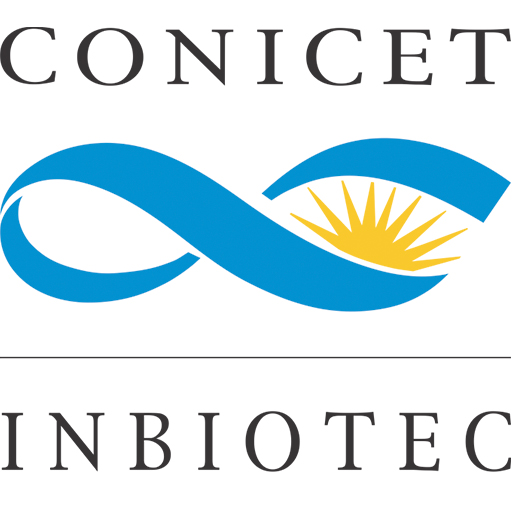Plant Physiology and Biochemistry, Available online 1 May, 2024
Highlights
The manuscript explores the compact genomes, metabolic pathways, and unique strategies of Ostreococcus spp., shedding light on their physiological and genetic adaptations. This contributes valuable insights into the broader understanding of green algae biology and their role in marine ecosystems.
Studying Ostreococcus is timely as it addresses pressing environmental concerns. Insights into its unique features may pave the way for sustainable solutions, including its potential for third-generation biofuels, aligning with the global need for alternative, environmentally friendly energy sources.
ABSTRACT
Ostreococcus spp. are unicellular organisms with one of the simplest cellular organizations. The sequencing of the genomes of different Ostreococcus species has reinforced this status since Ostreococcus tauri has one most compact nuclear genomes among eukaryotic organisms. Despite this, it has retained a number of genes, setting it apart from other organisms with similar small genomes. Ostreococcus spp. feature a substantial number of selenocysteine-containing proteins, which, due to their higher catalytic activity compared to their selenium-lacking counterparts, may require a reduced quantity of proteins. Notably, O. tauri encodes several ammonium transporter genes, that may provide it with a competitive edge for acquiring nitrogen (N). This characteristic makes it an intriguing model for studying the efficient use of N in eukaryotes. Under conditions of low N availability, O. tauri utilizes N from abundant proteins or amino acids, such as L-arginine, similar to higher plants. However, the presence of a nitric oxide synthase (L-arg substrate) sheds light on a new metabolic pathway for L-arg in algae. The metabolic adaptations of O. tauri to day and night cycles offer valuable insights into carbon and iron metabolic configuration. O. tauri has evolved novel strategies to optimize iron uptake, lacking the classic components of the iron absorption mechanism. Overall, the cellular and genetic characteristics of Ostreococcus contribute to its evolutionary success, making it an excellent model for studying the physiological and genetic aspects of how green algae have adapted to the marine environment. Furthermore, given its potential for lipid accumulation and its marine habitat, it may represent a promising avenue for third-generation biofuels.

